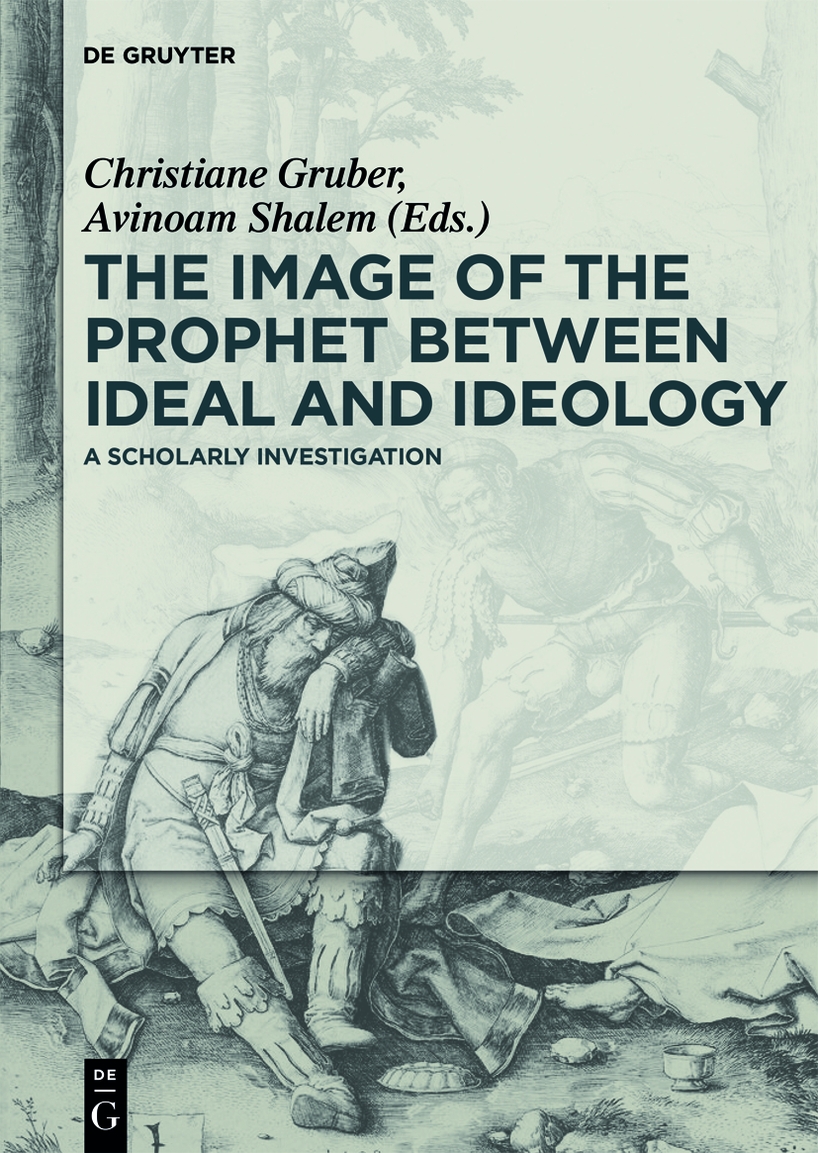The Image of the Prophet between Ideal and Ideology by Gruber Christiane J.; Shalem Avinoam;

Author:Gruber, Christiane J.; Shalem, Avinoam;
Language: eng
Format: epub
Publisher: De Gruyter
Published: 2014-10-06T04:00:00+00:00
In the passage above we can detect echoes of European biases against Islam: Muhammad is said to have picked up elements from marginal or heretical forms of Christianity (Jacobite and Nestorian churches) and Judaism, and to have further added “strange (kii) and incredible stories (kaidan)” of his own concoction to the mix; thus, the Qur’an contains “an exceedingly large number of strange and incredible stories (kiki kaidan).” Nevertheless, Yamamura Saisuke tried to place these accounts in his own cultural context, characterized by a pronounced syncretic tendency, common to all other sources we have examined. This syncretism, which often promoted peaceful coexistence and mutual interaction among various religious and philosophical traditions in East Asia, served to dilute the European hostility against Islam by normalizing it within the Japanese intellectual context. Thus, Yamamura describes Muhammad learning the “Dao” – in this context, the essence of the religious teachings – from Jacobites, Nestorians, and Jews, and writing a “sutra” (a sacred scripture) entitled al-Qur’an. In the text, Muhammad’s father is presented as being a “Buddhist,” but this statement probably needs to be understood as a reference to pre-Islamic pagan cults – which, as we have seen, were called budd in Islamic sources and, interestingly enough, contemporaneous European authors likewise envisioned Buddhism as the epitome of Asian paganism.
Another geography book written in 1826–7 by Dutch Studies scholar Aochi (also, Aoji) Rinsō (1775–1833), entitled Yochi shiryaku ,753 contains further information on the Muslim world. On Islam, Aochi writes:754
Mahomet was the son of an Arab merchant; in the seventh century he created Maho metanism by mixing Christianity, Judaism, and Heathenism […] In 622 (the thirtieth year of Empress Suiko’s reign), Mahomet left his country Mecca for Medina. That year marks the first year of the Turkish calendar. According to the fundamental tenets of this religion, there is only one Lord of Heaven (tenshu ) and Mahomet is his interpreter (tsūji ); those who understand (satoru ) this in words and in its true meaning, are called Musulman (moshuruman ), which means ‘true believers.’ However, Christians who convert and become Muslims are apostates. A book entitled Koran, written in Arabic, contains these teachings. The Turks do not eat pork and prohibit wine. Their major temples are called mosques (mosuke ); the smaller ones are called mesed (? Jp. mesedo ).
Download
This site does not store any files on its server. We only index and link to content provided by other sites. Please contact the content providers to delete copyright contents if any and email us, we'll remove relevant links or contents immediately.
The History of Jihad: From Muhammad to ISIS by Spencer Robert(2506)
Nine Parts of Desire by Geraldine Brooks(2280)
The Turkish Psychedelic Explosion by Daniel Spicer(2245)
The First Muslim The Story of Muhammad by Lesley Hazleton(2154)
The Essential Rumi by Coleman Barks(1928)
1453 by Roger Crowley(1880)
The Last Mughal by William Dalrymple(1788)
Trickster Travels: A Sixteenth-Century Muslim Between Worlds by Davis Natalie Zemon(1783)
Muhammad: His Life Based on the Earliest Sources by Martin Lings(1568)
by Christianity & Islam(1561)
God by Aslan Reza(1556)
A Concise History of Sunnis and Shi'is by John McHugo(1508)
Magic and Divination in Early Islam by Emilie Savage-Smith;(1453)
No God But God by Reza Aslan(1434)
The Flight of the Intellectuals by Berman Paul(1395)
Art of Betrayal by Gordon Corera(1364)
Nothing to Envy by Barbara Demick(1323)
What the Qur'an Meant by Garry Wills(1320)
Getting Jesus Right: How Muslims Get Jesus and Islam Wrong by James A Beverley & Craig A Evans(1273)
